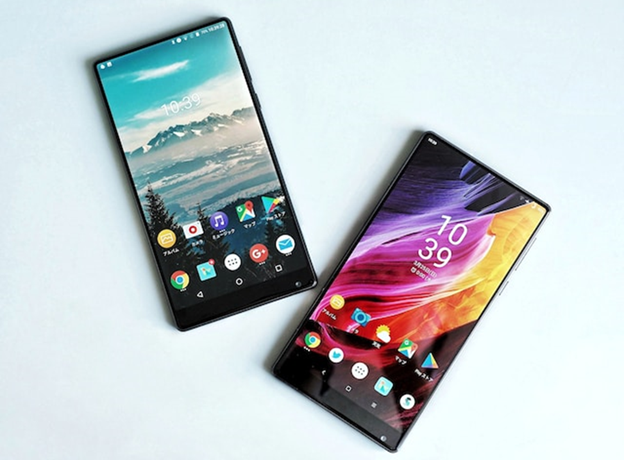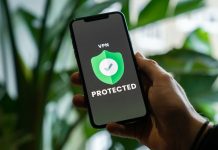Unboxing a new smartphone is exciting, but switching phones can be daunting. In a tech-driven world, your smartphone is a critical aspect of your digital life. While the devices facilitate convenience, they hold sensitive personal data. The modern threat landscape evolves quickly, and potential security risks aren’t limited to hackers. If your smartphone falls into the wrong hands, whoever has it can use your data for criminal activities. Consider the following tips when switching to a new phone.
1. Back-Up and Transfer Important Data
Most people transfer all the data from an old phone to the new one. However, it’s possible to experience data mix-ups when transferring some things. For instance, switching between two operating systems can be hectic since the systems may operate on different frameworks. Cloud storage provides the easiest ways to back up and migrate your data. Most phones have inbuilt cloud storage, but you can also use a third-party app. The tools allow you to upload any valuable data from your old phone for easier transfer to your new smartphone. If Google or Apple manages your contacts, emails, and calendars, the data will reflect on the new phone after signing up.
2. Apply Updates and Security Patches
Downloading recent updates is one of the first steps after buying a new phone. Manufacturers release frequent patches and updates to fix flaws and enhance features. While your phone may be new, there’s a good chance the manufacturer has released a new update since your phone left the factory. Software updates eliminate security vulnerabilities in the OS, and updating your new device prevents criminals from exploiting potential security flaws. Similarly, you should ensure your apps are up to date to minimize potential intrusion loopholes.
However, most manufacturers pause updates for older smartphone models. But since smartphone companies provide longer support, even older models receive updates for a few years before you need to upgrade. Additionally, it’s a good idea to use a VPN to protect your phone from breaches. Keep in mind that using a VPN along with updating your device is a simple way to ensure the safety and security of your device.
3. Setup Strong Passwords and Multi-Factor Authentication
Anyone with masters in data science understands the importance of passwords. They secure your accounts and the data therein. That’s why login credentials are the most sought-after data among cyber criminals. Attackers only need your password to infiltrate your account and exploit your data for fraudulent practices. If you have a weak password, there’s a fair chance a smart hacker can guess or bypass the security layer through a brute force attack. Regardless, even strong passwords are susceptible to phishing attacks. Ideally, it’s best to set up multi-factor authentication to add an effective security layer to your device. MFA prevents hackers from accessing your accounts by sending prompt notifications after suspicious login attempts.
Endnote
It feels good to get your hands on the newest smartphone, but you still have to migrate your data from the old phone. While recent tech advancement makes the transfer process much easier, it may involve technical hurdles that pose security risks. Implementing reliable security practices when upgrading to a new phone is vital for your privacy and safety. The safety precautions ensure the convenience you enjoy from your smartphone is less susceptible to malicious access.



